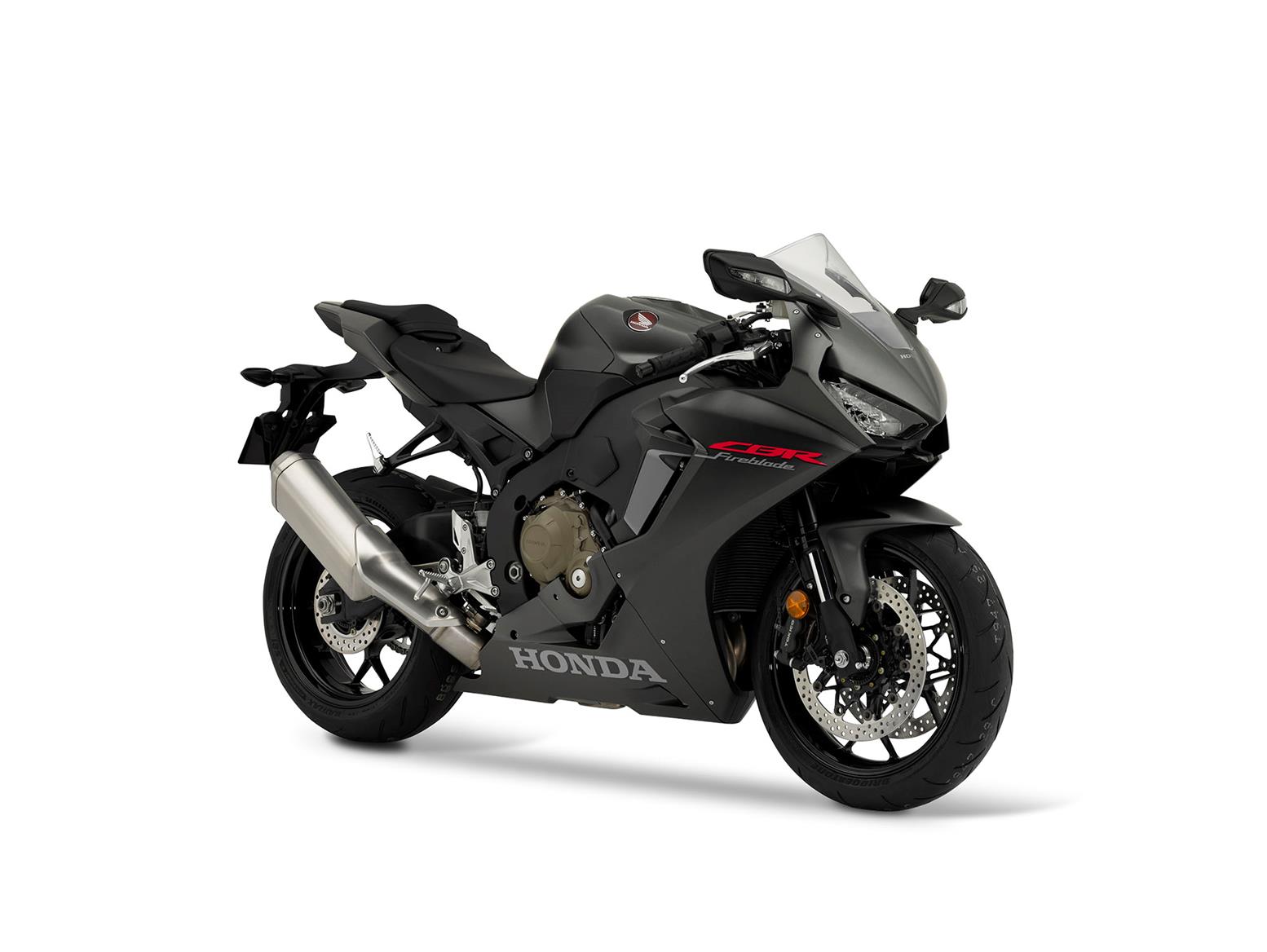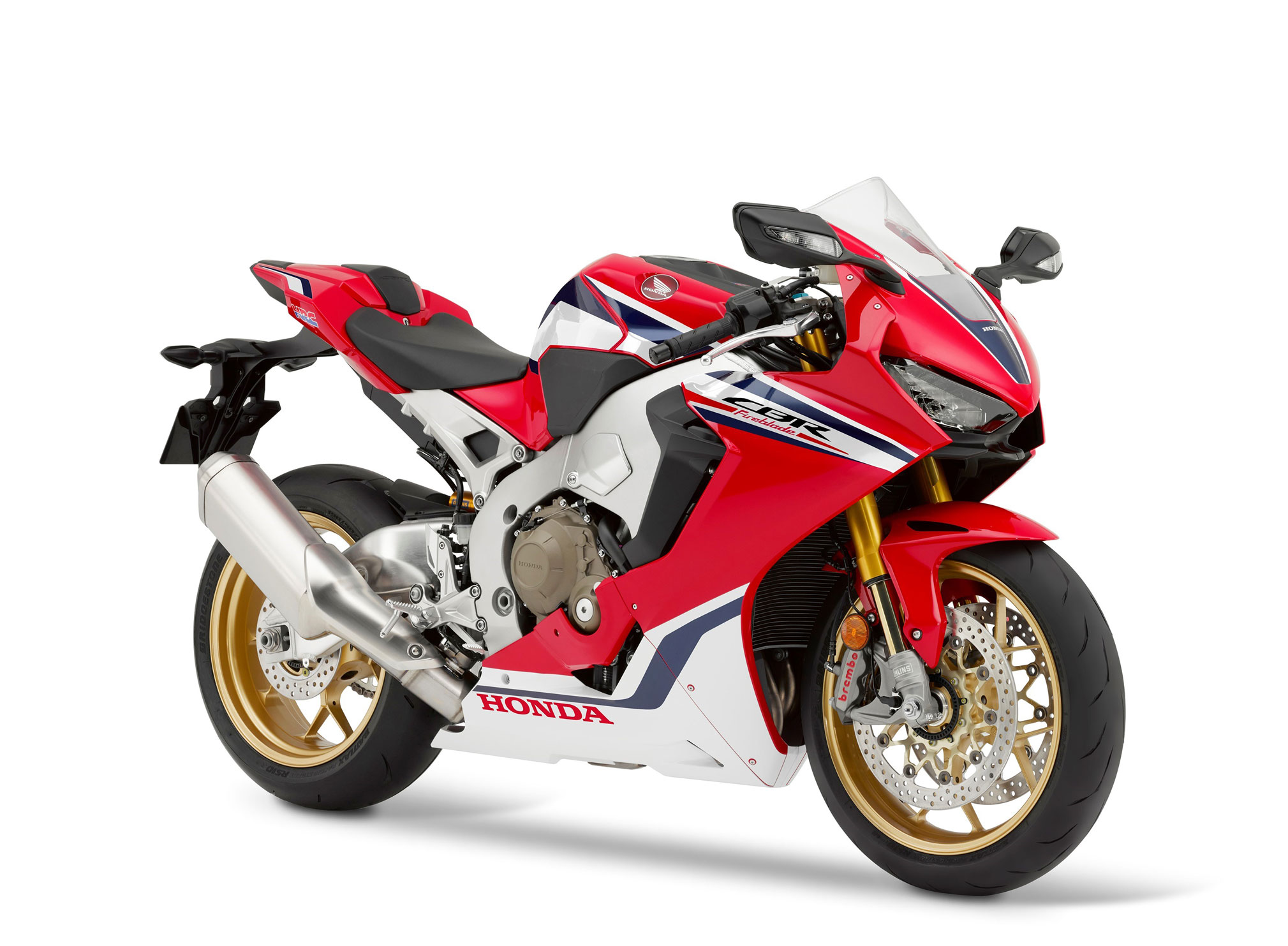The Honda
CBR1000RR SP is getting restored, for sure, for 2020.
Honda
emerged ready to take care of business at the 2019 EICMA Show in Milan with the
principal ground-up upgrade of the CBR1000RR since 2008.
The new
bicycle is an outright monster, with Honda guaranteeing 215 torque from the new
998cc inline-four engine, in addition to more hardware pressed into the ECU
than a Best Buy store.
As cool as
that sounds, despite everything it doesn't change the reality the 2017-2019
release of the CBR was a fine one although most would agree it has fallen under
the radar to some degree.
I know this
because for as long as a quarter of a year, I've been driving and track day-ing
a 2019 CBR1000RR SP, which is the center of three CBR siblings in the base
model, this one and the race-spec SP2, of which I'm still yet to see one in the
metal.
The Honda
came directly after we gave the keys back to the 2018 Suzuki GSX-R1000R that
I'd had in the carport for a half year, a bicycle I cherished in spite of
reasoning at first that I wouldn't.
The SP is a
more adjusted piece than the somewhat more unpleasant GSX-R. The fit and finish
on the SP are wonderful, with stunning contacts in the gold top triple brace,
gold haggles semi-dynamic suspension.
We'll begin
with the things that I truly loved during my time with the SP, and afterward
move onto stuff that drove me somewhat nuts.
That makes
for a mind-blowing road bicycle engine, as you don't have to go hustling all
over the gearbox to get a significant drive.
Perfectly
mapped, the CBR's deft throttle enables you to effortlessly dial in little
throttle increases while on the tire.
This
additionally helps in stop/start traffic, making for a smooth ride in a busy
time in LA. The SP engine likewise doesn't create the vibrations the old
2008-2016 model did, so longer rides are not as awful on your wrists and feet.
Coordinated
to the all over quick-shifter, the CBR's gearbox is too smooth and that light,
the positive move is inconsistent with something you'll discover on a pre-2019
BMW S 1000 RR. Ergonomics-wise, the CBR is far superior to it was previously.
The
2008-2016 model had an absurdly short space between the seat and footpegs,
which means it felt like your knees were up around your ears.
Here are
two or three things I didn't care for in the CBR. The first was the absence of
journey control.
The bicycle
has wheel-speed sensors and ride-by-wire throttle, so there's no explanation
journey control ought to be overlooked from the bundle.
The second
is the elastic brake lines, which blurred after around three hard laps on the
track.
A superior
item like this ought not to have such penny-sparing measures set up,
particularly when you have stuff like electronic Ӧhlins suspension available to you.
In the city,
brake execution was fine, however, it was consistently in the rear of my mind
that I must be extra cautious on the brakes at the hard-braking setting of
Buttonwillow in California.
Having such
extraordinary Brembo monoblocs coordinated to those brake lines ought to be
unlawful.
One of the
most irritating things on track was the wheelie control.
At the
point when I tried the primary variant of the SP in 2017 at Portimao, the
single greatest issue I had with the bicycle was that the footing and wheelie
control calculations were connected, implying that on the off chance that you
did a power wheelie, the ECU would cleave the power radically.
The issue
is, you can't switch the wheelie control off.
On the
track, this turned into a genuine torment, as I couldn't convey a drifting
wheelie while hard on the gas as I attempted to expand increasing speed.
I
additionally couldn't pop a legitimate wheelie, which, when you have this much
power, is a genuine killjoy.
I get why
Honda did a wonder such as this, yet if you have a framework, for example,
wheelie control, you ought to have the option to turn it off.
A
fascinating part of my time with the CBR was the exhibition of the electronic Ӧhlins suspension.
The framework
fitted to the 2019 CBR is the original Smart EC, and since I've ridden on the
Smart EC 2 on a Ducati Panigale, it's fascinating to perceive how far the
framework has come in such a brief timeframe length.
The CBR
gets six modes, three auto and three manual modes, and I left it in the
stiffest auto setting more often than not I had it.
Over
unpleasant boulevards, the exhibition was great, yet when moved to the track,
the ride was diverse inside and out.
At Willow
Springs in both the firm manual and auto modes, the ride was not ideal.
The ride
was cruel, with the bounce back in auto particularly sudden on the fork.
At the
back, the CBR's suspension performed better, however it was a long way from the
smooth ride I recalled at Portimao.
Changing to
the street and with everything relaxed off, in auto mode, the CBR was a
significant pleasant bicycle to ride.
It would,
in any case, flounder and dissent if you hit huge knocks hard, yet on the off
chance that you escaped the seat and let the undercarriage drench a portion of
the knocks more, the ride was out and out truly great.
During my
time on the CBR, I arrived at the midpoint of around 32 miles for each gallon,
which was a touch more mileage than I escaped the GSX-R at 30 mpg.
With Honda
drawing out the creature that is the 2020 CBR1000RR Fireblade SP to give it
it's full and address title, this CBR will speak to some truly sharp purchasing
in the coming a long time as sellers attempt to rid themselves of old, yet at
the same time quick, stock.
The general
impression I had of the CBR was of a decent bicycle, yet one that had some
pointless corners cut.
Stuff like
the brake lines are a simple fix, yet the wheelie control and absence of voyage
control aren't.
In any
case, the CBR is a fine send off to the bicycle that began life in 2008.
The 2020
CBR will be a rager, yet this 2019 version could be a deal whenever found at
the correct vendor throughout the following barely any months.
2019 Honda
CBR1000RR SP Specifications:
MSRP $19,999
(ABS only)
Engine:Liquid-cooled,
4-stroke, 16-valve, DOHC inline-four
Displacement:999cc
Bore x
stroke:76 x 55mm
Horsepower:189 hp @
13,00 rpm (claimed)
Torque:84 lb-ft @
11,000 rpm (claimed)
Compression
ratio:13.0:1
Fuel system:EFI, five
variable throttle modes
Exhaust:4-2-1
Transmission:6-speed
gearbox, optional quick shifter on the base model, standard on SP
Chassis:Aluminum
composite twin spar
Front
suspension:Öhlins
NIX30 43mm inverted fork with Ohlins Smart-EC control, preload, compression and
rebound damping adjustable
Rear
suspension:Öhlins
TTX36 rear shock with Ohlins Smart-EC control. Preload, compression and rebound
damping adjustability
Front
brake:Brembo
radially mounted Monobloc 4-piston caliper, 320mm disc, ABS
Rear brake:Nissin
single-piston caliper, 220mm diameter disc, ABS
Front tire:120/70ZR17-in.
58W
Rear tire:190/55
ZR17-in. 73W
Rake:23.3°
Trail:3.8 in.
Wheelbase:55.3 in.
Seat
height:32.7 in.
Fuel
capacity:4.2 gal.
Weigh (wet,
claimed):428 lbs.
Color:HRC
Tri-Color
2019 Honda CBR1000RR SP Review
![2019 Honda CBR1000RR SP Review]() Reviewed by electroland
on
December 24, 2019
Rating:
Reviewed by electroland
on
December 24, 2019
Rating:




No comments: